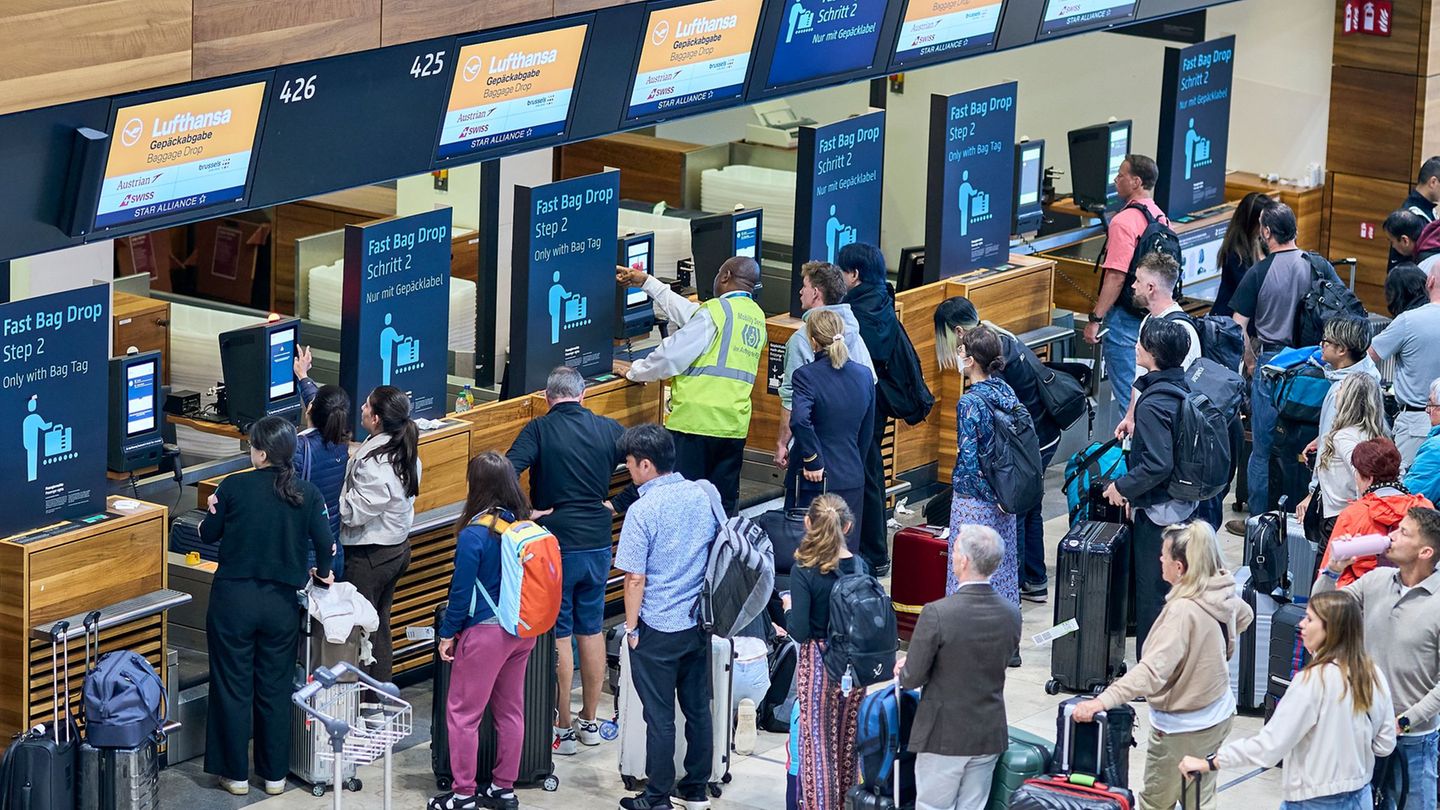This is the result of a study by the Institute for Building Energy, Thermotechnology and Energy Storage at the University of Stuttgart. Although the devices are quite effective, the scientists write, they do not reduce the risk of infection any more than wearing FFP2 masks and have “side effects” such as noise and drafts.
For the study on behalf of the Stuttgart school administration, one to two classrooms were measured in ten schools from January to June 2021 with regard to the risk of infection. For this purpose, the airborne spread of exhaled aerosols was simulated using the release of trace gas and test particles – not on “real” teachers and students, but on “thermal dummies” that simulated the heat given off by humans. The observation period was a double hour of 90 minutes – for this purpose, various strategies of window ventilation (permanent tilting or staggering at different intervals) were tested, as well as air purification devices and (permanently installed) ventilation and air conditioning systems at different levels or volume flows.
As expected, the worst performed was the scenario in which measurements were taken with the window closed, without an FFP2 mask and without air purification. Here the risk of infection averaged 38 percent. With the best ventilation variant (2.5 minutes of stumbling every ten minutes) this was reduced to 15 percent. The air purifiers worked even better – with large volume flows, the probability of infection fell to six percent. “Here, however, the comfort criteria with regard to acoustics and draft risk were largely not complied with,” says the study. In other words: It was loud and drafty. In addition, CO2 and moisture were not removed.
In terms of acoustics, it became better when the air purifiers were set to lower volume flows. Then, conversely, the risk of infection rose again (to almost ten percent).
The risk of infection with closed windows and wearing an FFP2 mask (without air purification) was exactly at this level. If you also ventilate, the probability of an infection (depending on the type of ventilation) fell to around four percent, and with air purification even to two percent.
The specifications regarding volume and drafts were put into perspective by a student and teacher survey. For the most part, they did not find the device to be stressful – but after only 15 minutes of “trial operation” and in June. The scientists suspect that with longer exposure to the sound or in the colder months of the year, noise and drafts would be more annoying.
In view of the results, the researchers only recommend air purification devices where there is insufficient ventilation, for example due to insufficient window opening. Above all, “the use of air purification devices cannot replace or even negate other measures (distance, hygiene, ventilation, mask, testing, vaccination) to contain the spread of infection”. The resulting likelihood of infection when wearing an FFP2 mask is within the same range, regardless of the ventilation concepts investigated (air purification device, window ventilation and air conditioning system). The “medium-term ideal” would be the permanently installed air conditioning systems, which also ensure indoor air quality with regard to CO2 and humidity – they only played a subordinate role in the study itself, as only two classes were equipped with such.
I am Pierce Boyd, a driven and ambitious professional working in the news industry. I have been writing for 24 Hours Worlds for over five years, specializing in sports section coverage. During my tenure at the publication, I have built an impressive portfolio of articles that has earned me a reputation as an experienced journalist and content creator.




